On Give Ozarks Day last year, the Burrell Foundation asked the community to help fund improvements to the outside area behind Burrell Behavioral Health’s Cherry Street Youth Center.
At the time, the back patio area was just a drab patch of concrete and a little grass. No place to sit and relax. No color. No workout equipment.
“When I toured the facilities, this had nothing,” said Gabrielle Martin, the foundation’s executive director. “It was concrete. It had some graffiti. There was no mulch. There were no chairs.
“It was dilapidated,” she continued. “And we were just like — this is it. We are going to ask the community to help us find furniture and fitness equipment and everything to make this a space that they could really love.”
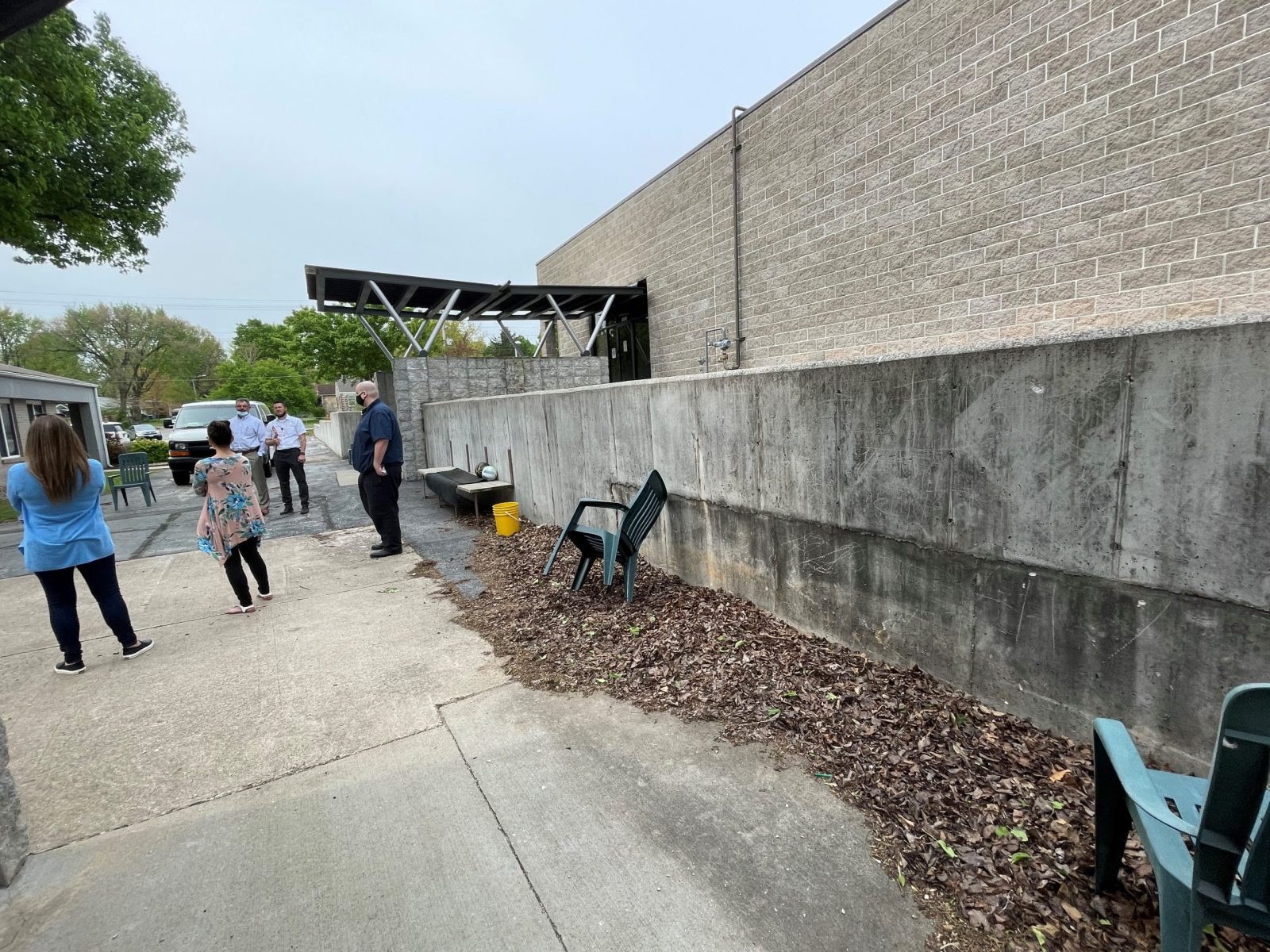
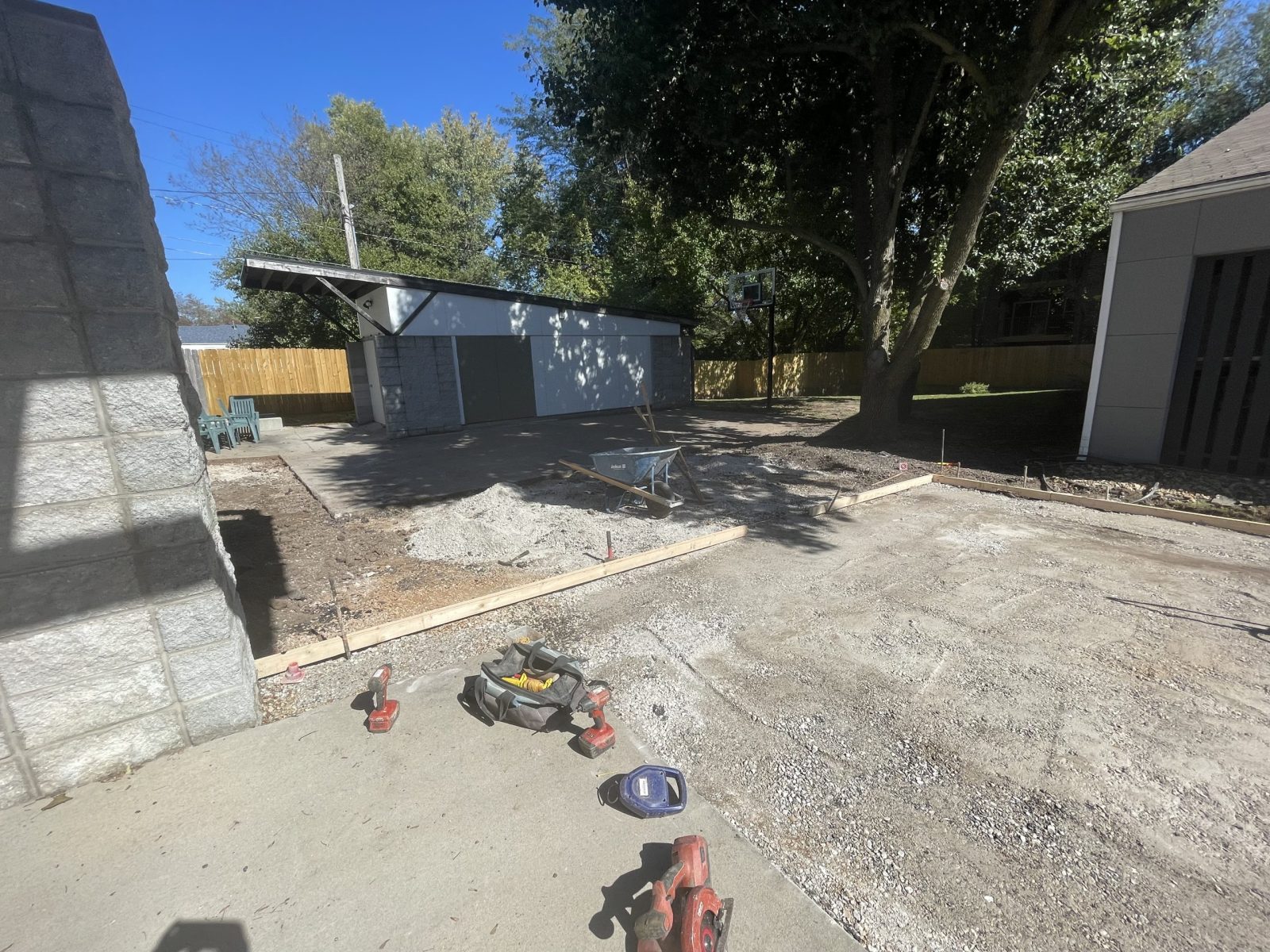
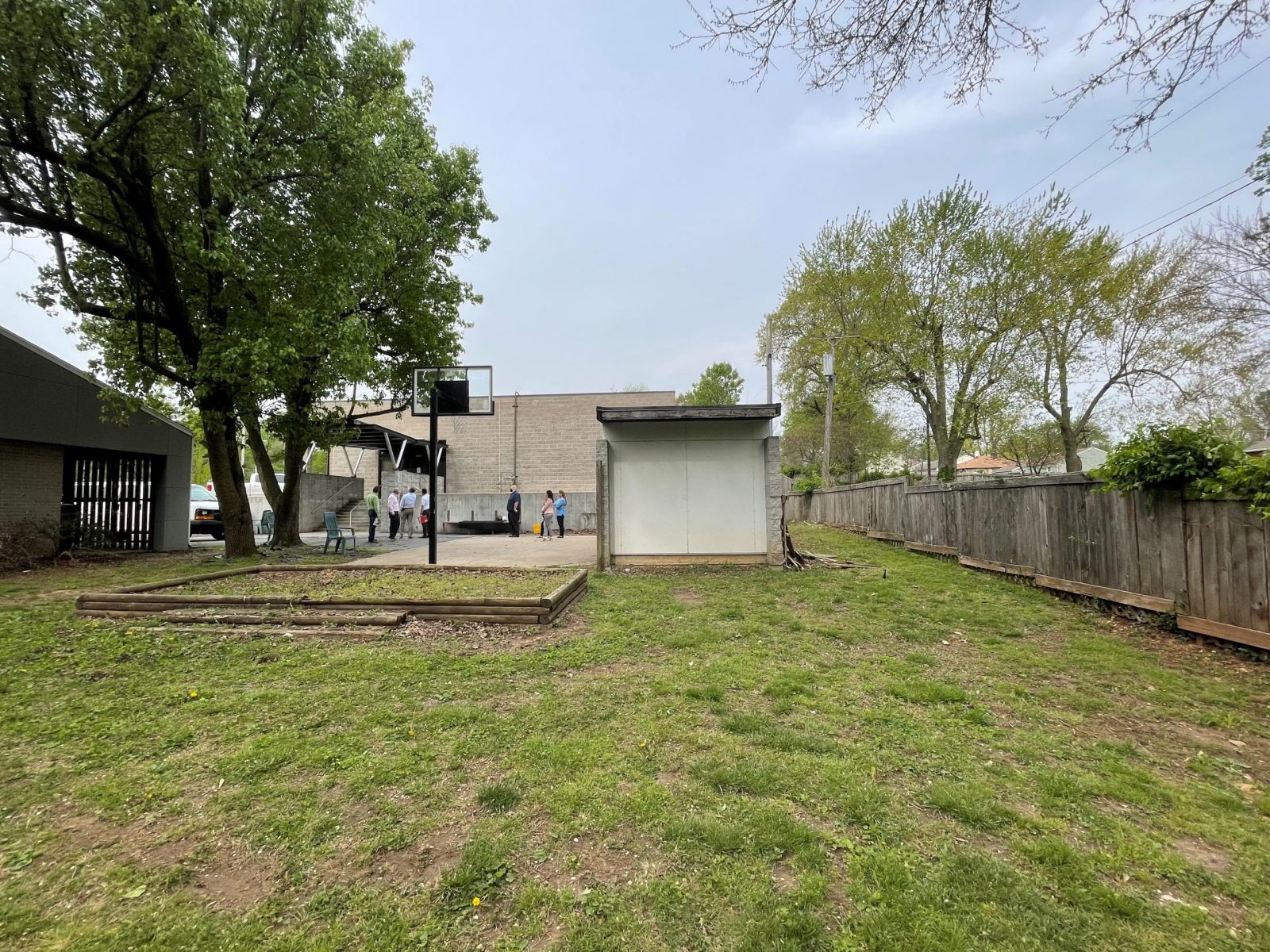

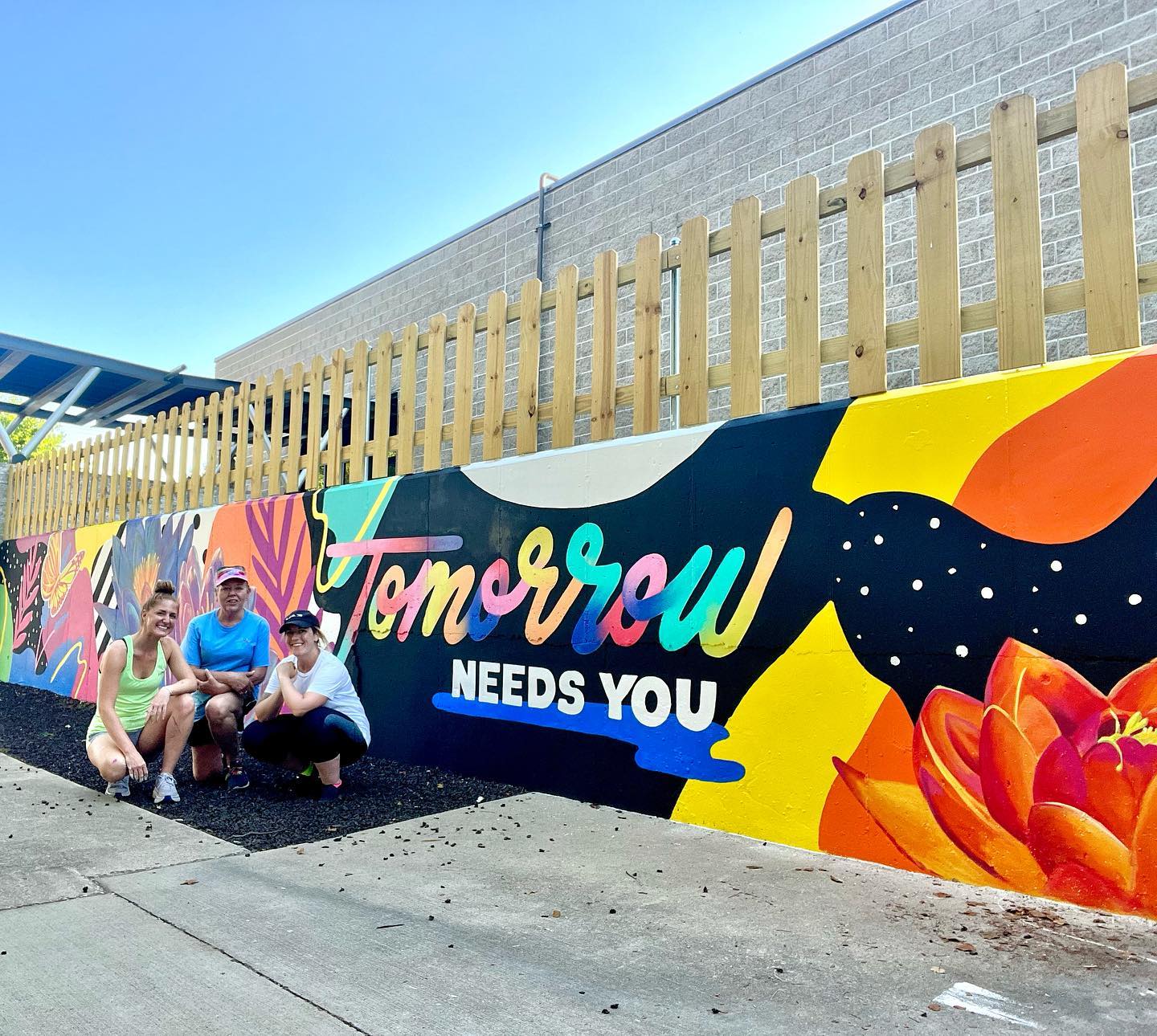

(The renovation process. Source: Burrell Behavioral Health Center)
Community supports outdoor reno project
It was the first time for the foundation to participate in Give Ozarks, a region-wide online crowdfunding event hosted by the Community Foundation of the Ozarks. Martin said she set the fundraising goal low at just $2,000.
“We were able to raise over $11,000,” Martin said. “The bulk of those funds paid for most of the furniture. We were so fortunate that we had several people step up and donate.”
Burrell staff recently revealed the finished project.
That drab concrete patio has been transformed into an outdoor retreat with comfy seating, picnic tables, landscaping, a basketball goal, workout room and a colorful mural painted by local artists.
The Cherry Street Youth Center offers both outpatient and residential recovery programs for youth ages 12 to 17. Programs range from an after-school program to residential where the youth remains on the campus 24 hours a day.
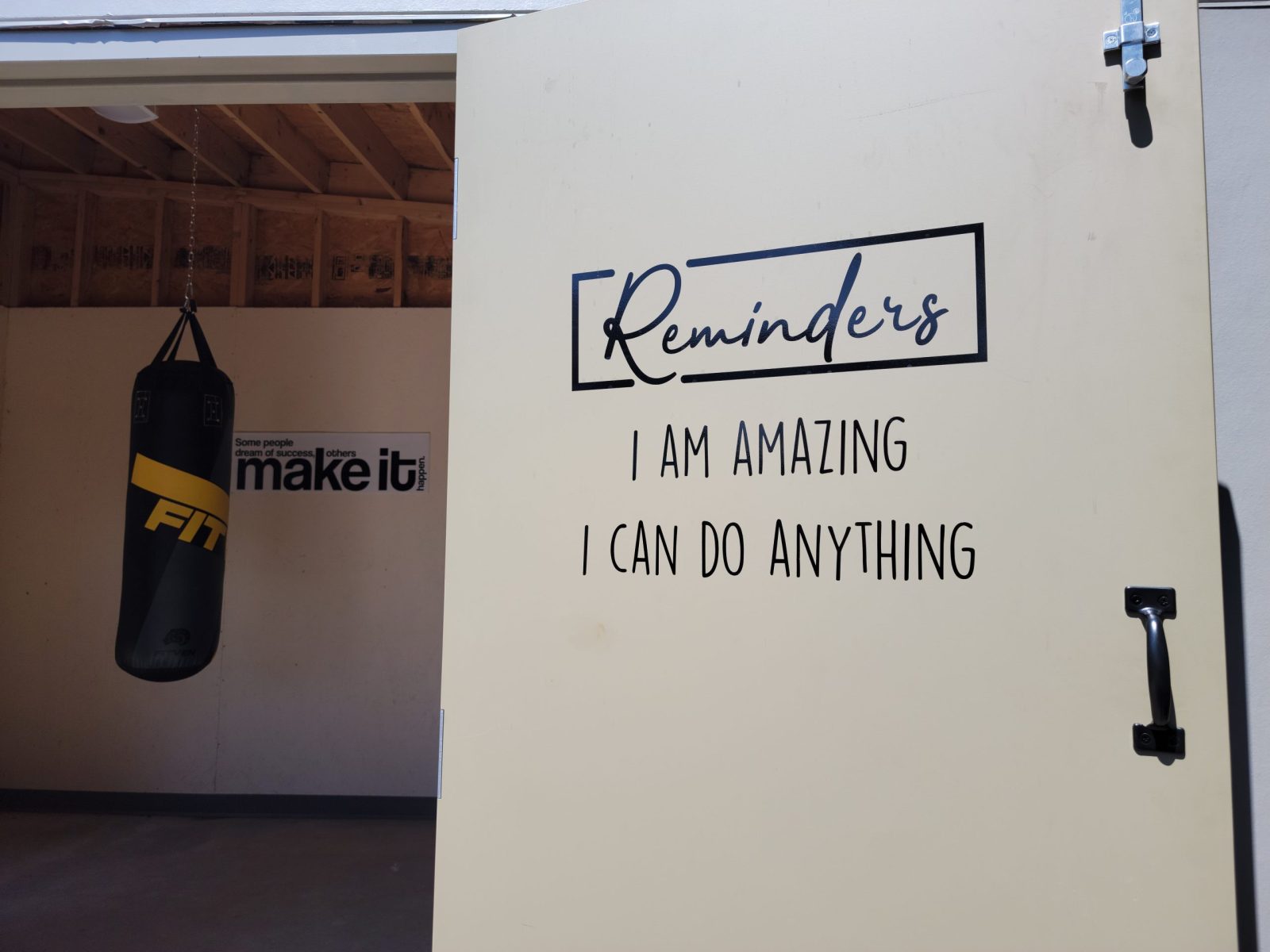
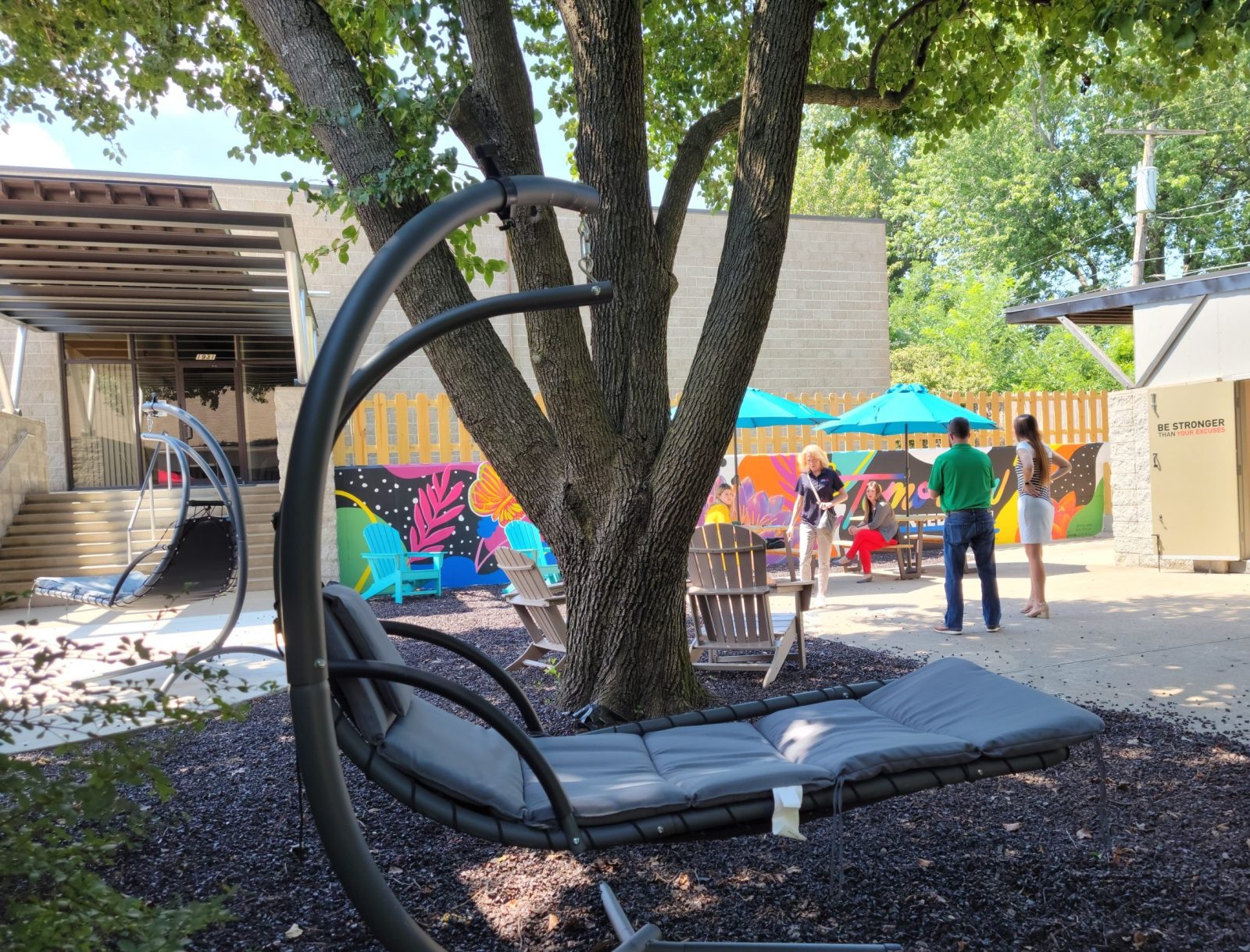
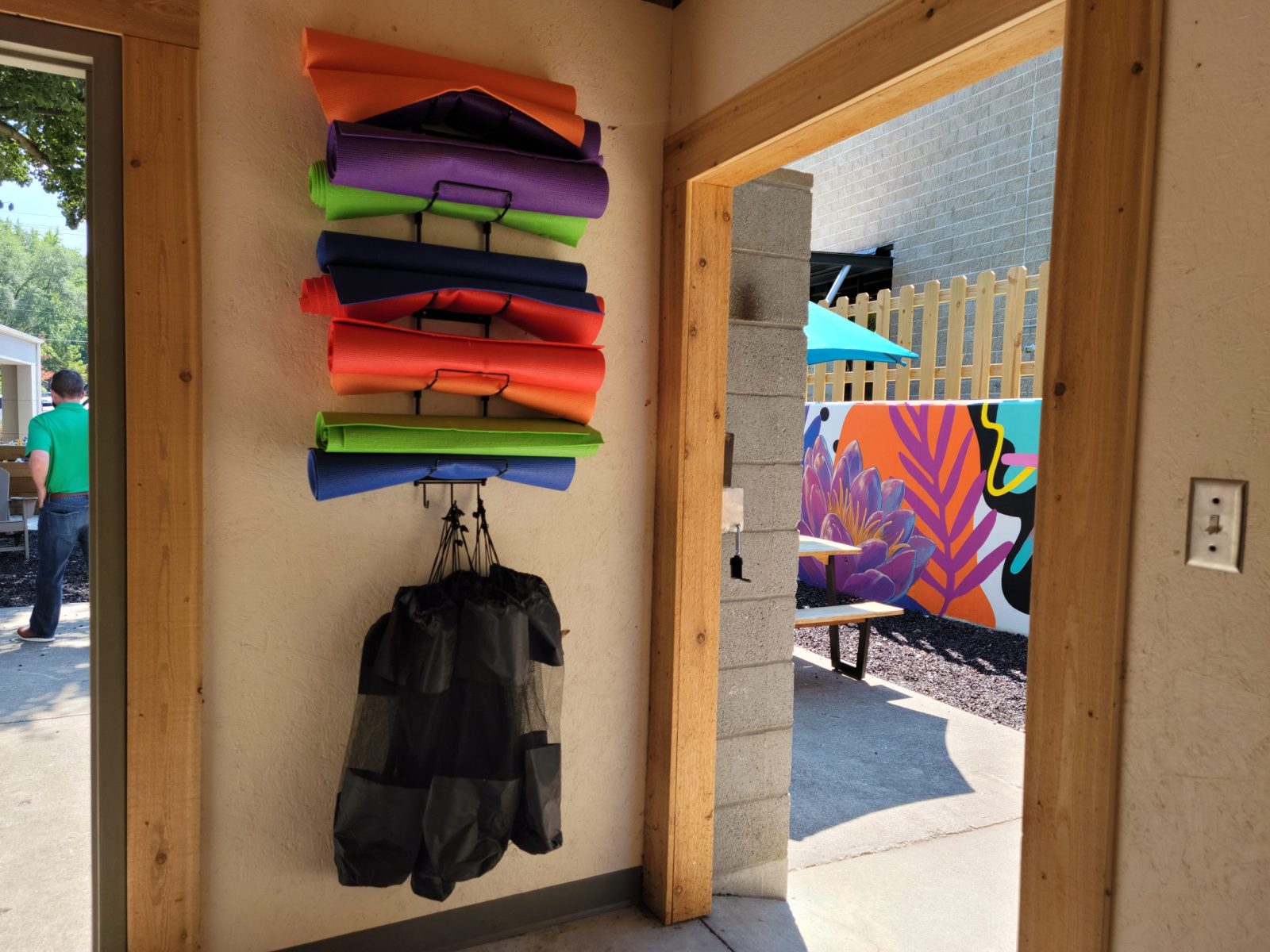
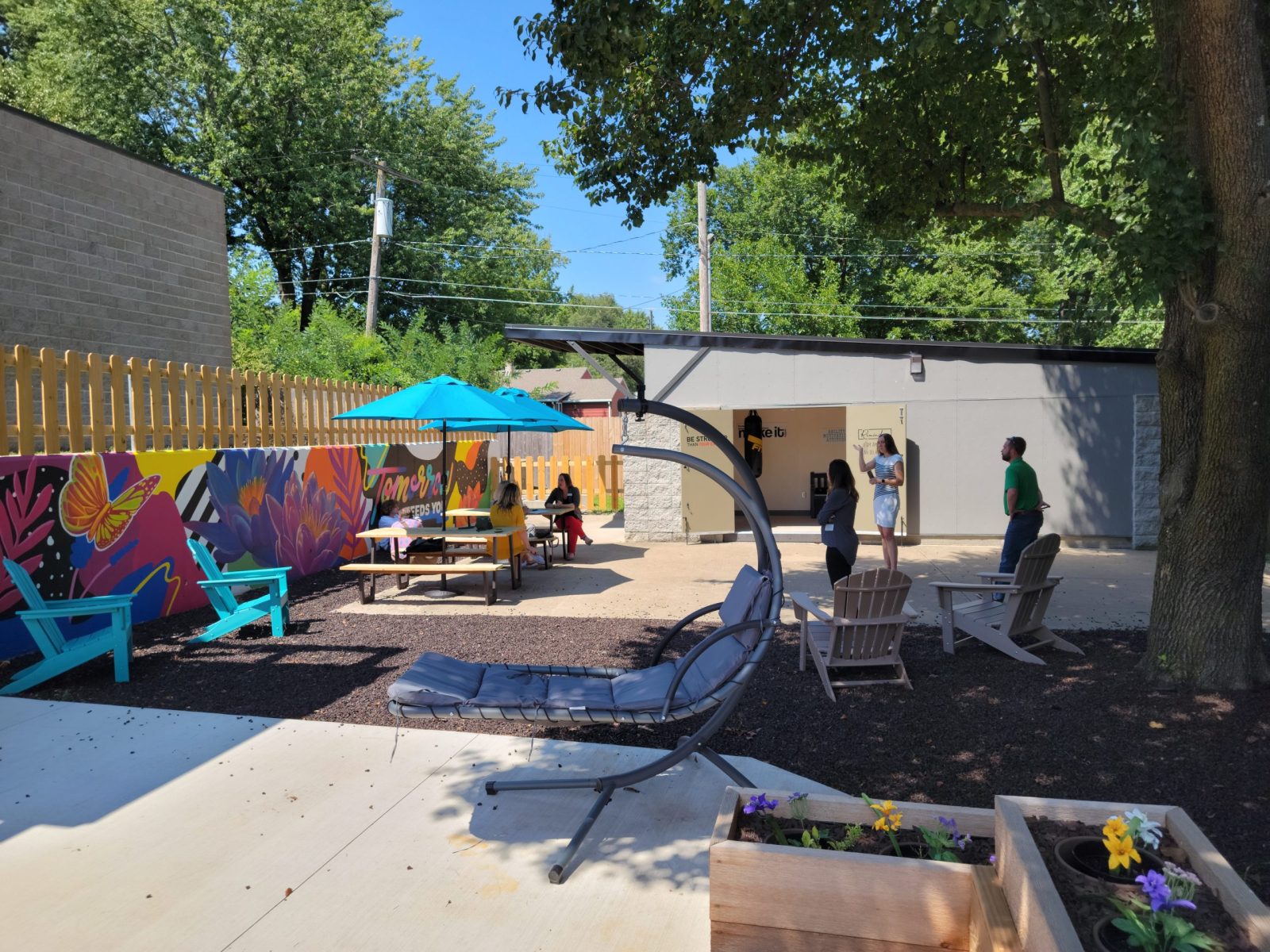
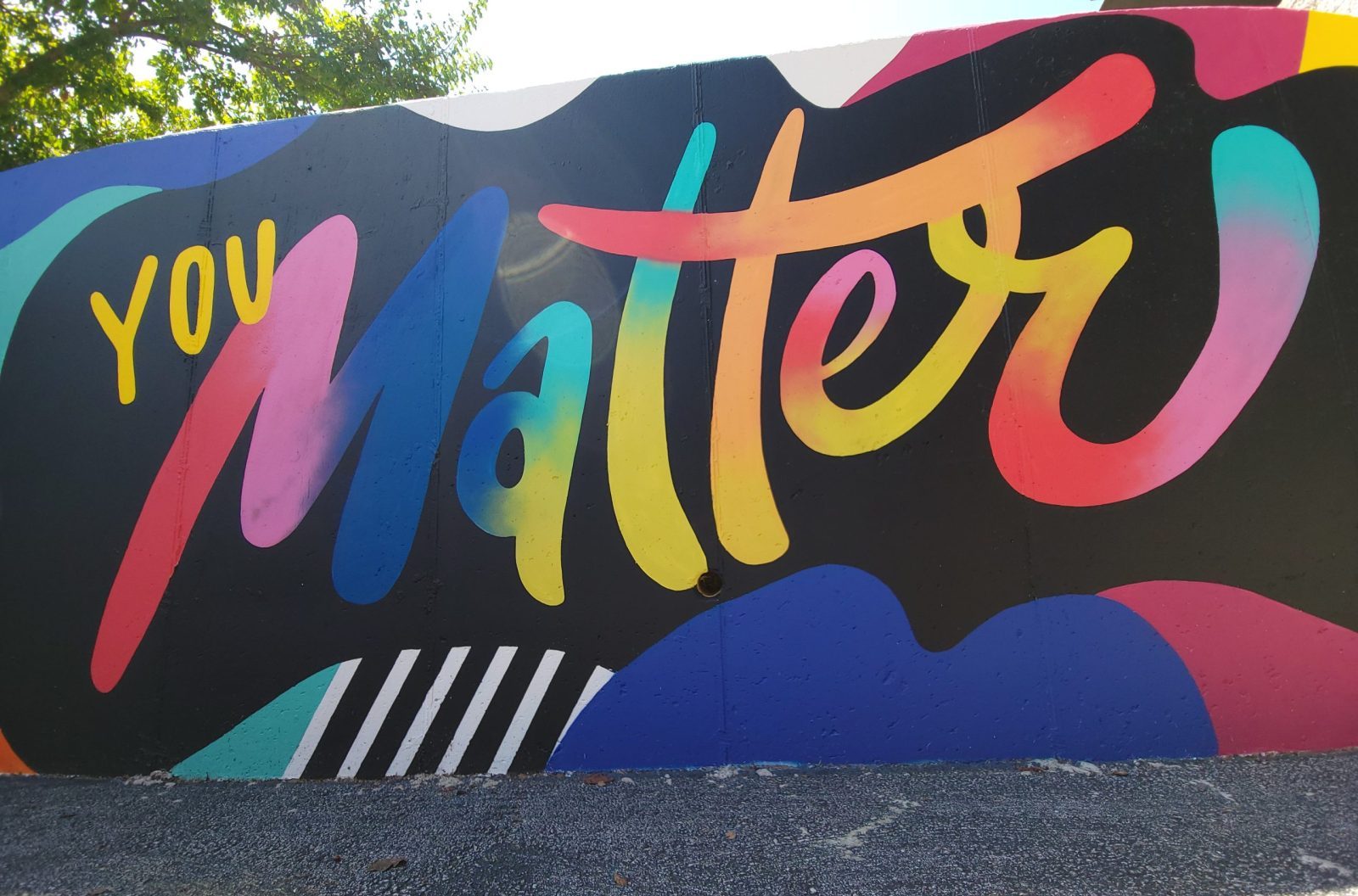
The programs are very structured and can be rather intense, explained Amanda Mays, director of recovery services.
“It’s nice for them to be able to just come outside and just kind of do what they want, use the space how they would like to,” Mays said. “The kids love coming out here. And the staff loves coming out here. I found myself out here a few days, bringing my laptop out here.”
A.J., one of the youth currently in the residential program, said he really appreciates and enjoys the new outside space.
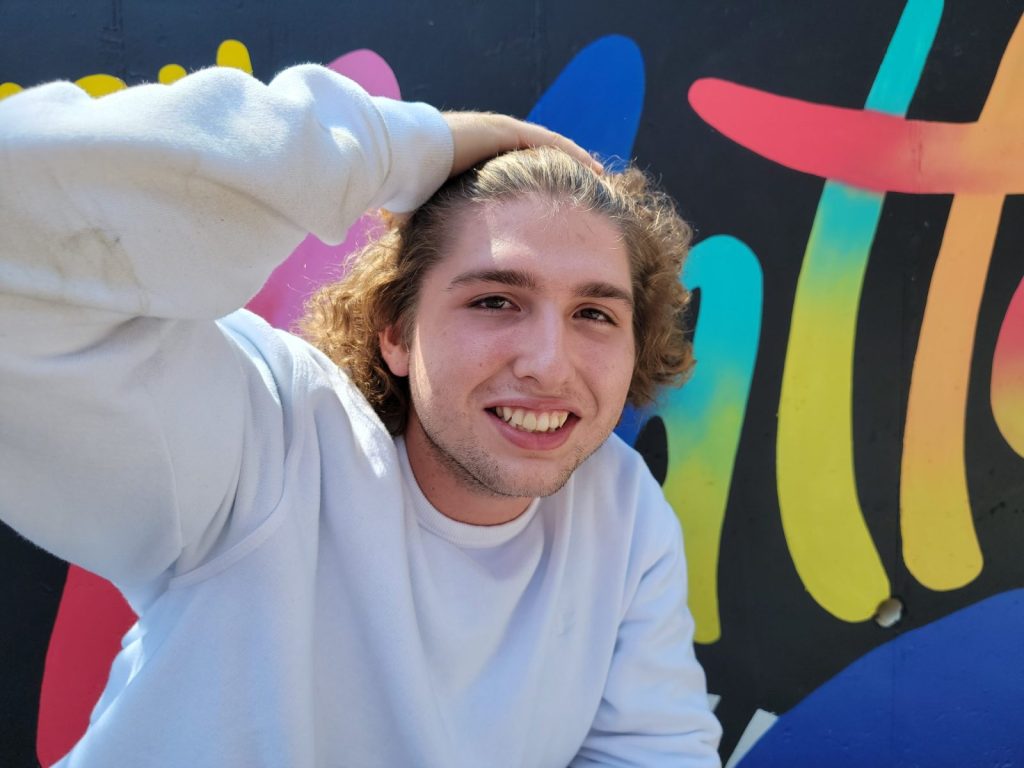
“It’s nice and refreshing to be able to come up here and do what we want,” A.J. said.
“We spend most of our day regimented and there’s things set up for us. And then we get to come out here and get to do what we desire to do. I love working out.”
The exercise equipment was donated by Advanced Exercise. Hood-Rich Architect and Story Construction donated their crews to do much of the leveling and patio work. The Patch Foundation helped provide some of the funding for the materials and to help commission artists for the mural.
Those artists — Emily Million, Sharri Davis and Meg Wagler — met with the youth at the center earlier this year about potential mural designs, Martin said.
“We had them sit down with our kiddos for an hour and a half,” she said. “We wanted the kids to tell them, ‘what does recovery look like to you?’ What colors, visuals, wording. So out of that, the artists plus the kids were able to kind of conceptualize it. It’s pretty cool that it was a full on piece for everybody.
“We really had a full community rally around making this a space for these kiddos,” Martin said. “This is just so great and therapeutic for them for health and thriving.”
A young man tells of his struggle with drugs
A.J., who is 17 and from Kansas City, said he started smoking marijuana when he was 12 or 13.
“I grew up around it,” he said. “It started off as like a social thing.”
He said he felt a lot of stress and isolation at home and used substances to cope. He eventually moved on to harder drugs.
“That’s how I would handle my trauma and things I went through,” he said.
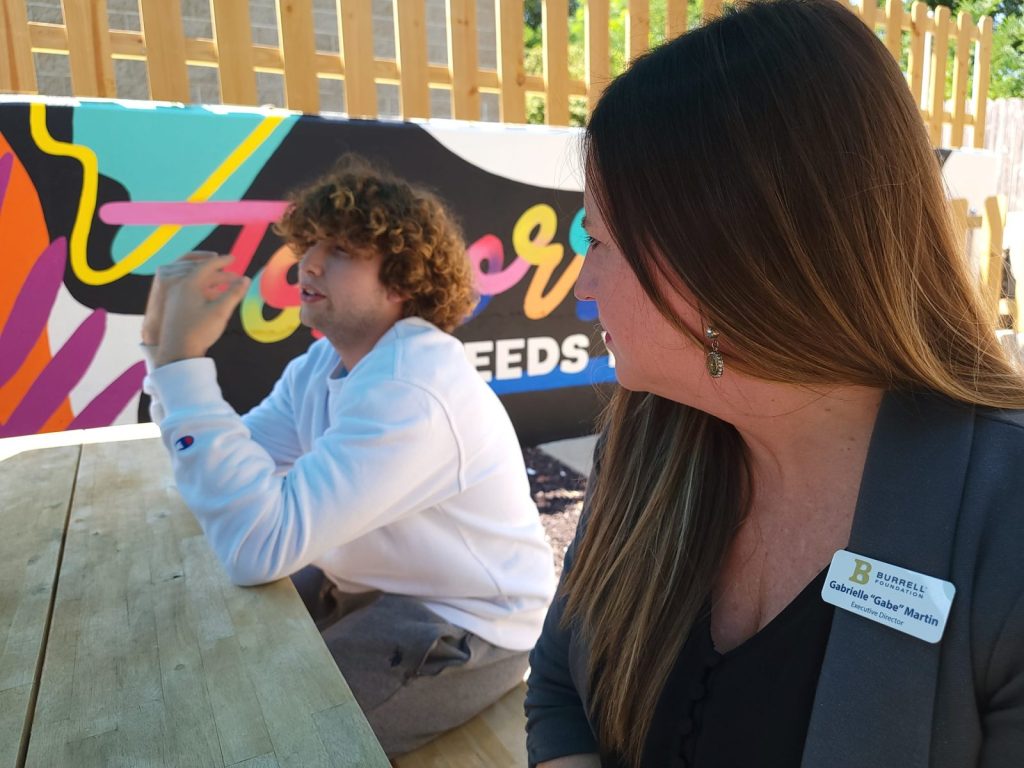
About a year ago, he overdosed and wound up in the hospital. This shocked his family because they didn’t realize he was using hard drugs.
“I mean, I’ve been a pretty good kid most of my life. Using hard drugs is not something (my family) thought I did. I ended up in the ICU for a week on a ventilator,” A.J. said. “And that was kind of the start of me reaching out for help.”
He’s been at the Cherry Street Youth Center for about a month and figures he’s got another month to go.
“Coming here has really shown me how to live, and it’s okay to have problems,” he said. “I’m kind of learning to just be present, to be thankful for where I’m at no matter where I’m at. And I’m learning how to actually talk about how I’m feeling.
“I’m learning how my past is not who I am,” A.J. said. “I’ve done a lot to try and change myself over the last year. … It feels good. It’s been a long journey.”
Director: Fentanyl is teens' drug of choice
According to Mays, the director of recovery services, the number one drug of choice for youth varies over the years. But the current drug of choice is fentanyl, a synthetic opioid that is 50-100 times stronger than morphine.
That’s especially concerning, Mays said, because a minuscule amount of the drug can be deadly and it is no longer something that kids were unknowingly ingesting because a dealer used it to cut another drug.
“They’re actually seeking that substance out,” Mays said. “And the stuff that’s out there right now is so scary. I mean, a tiny bit of it can cause overdose. We’re seeing overdoses increase significantly.”
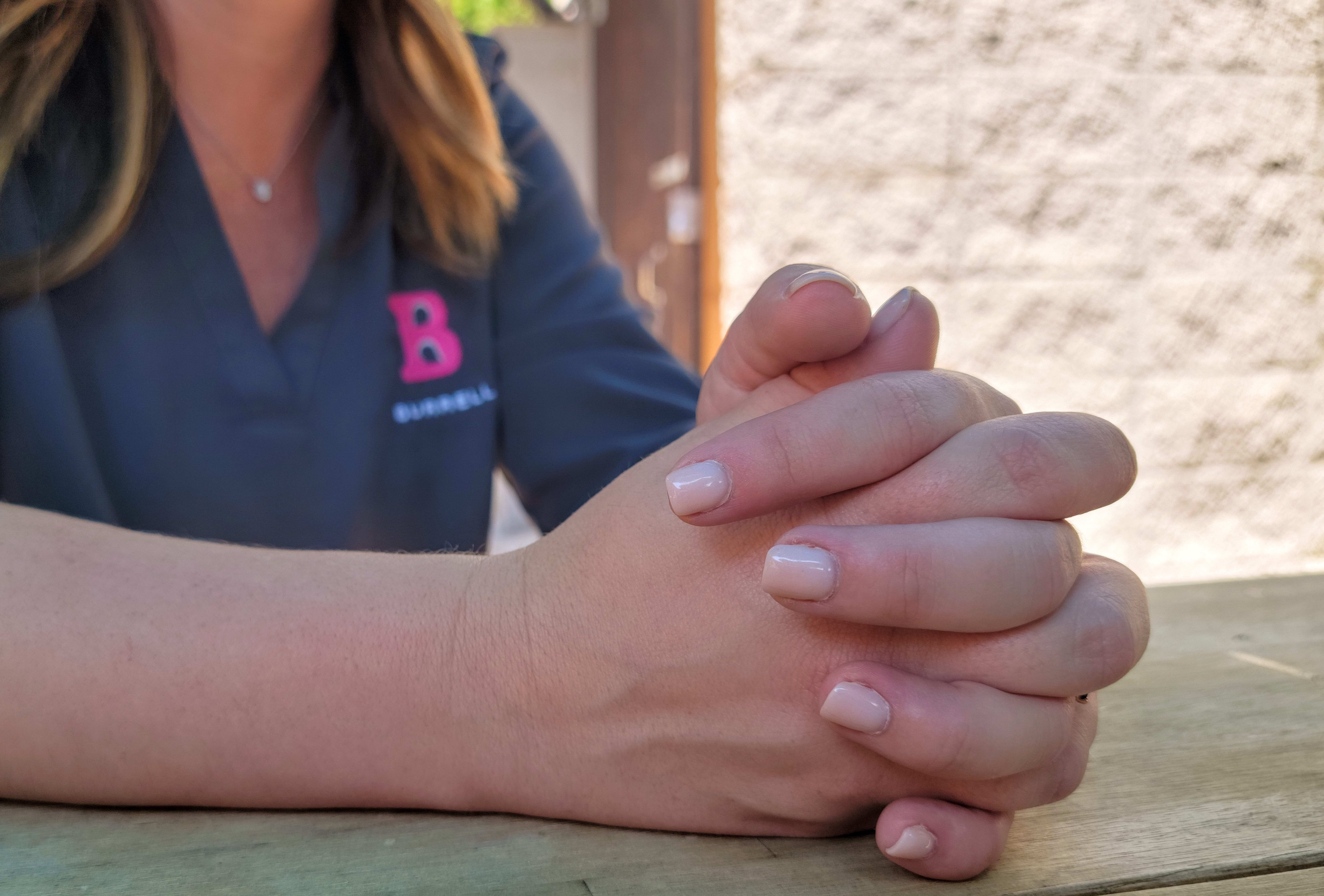
Does your teen need help?
The Cherry Street Youth Center serves any youth ages 12-17 with a qualifying substance use diagnosis.
Call the center at 417-761-5400 to set up an appointment for an assessment to determine the appropriate level of care.
The Cherry Street Youth Center is funded through a variety of sources, including federal and state money and Medicaid.
“We have allocations for our programming,” she said. “We also have grant funding. Our families don’t pay.”
Find more information about Burrell’s recovery services for youth on the website.

